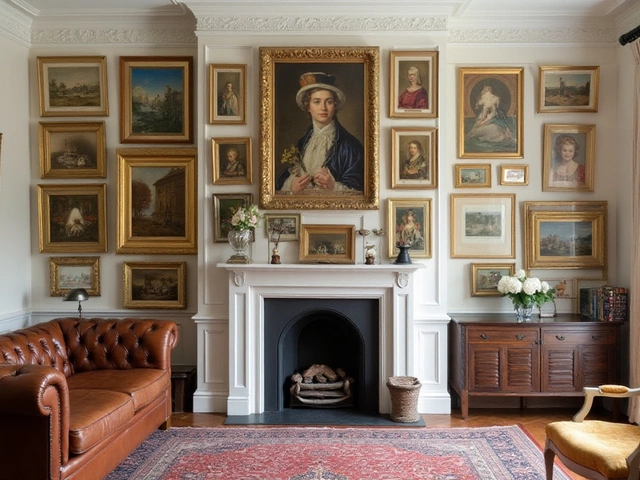TV Placement: How to Position Your TV for Perfect Viewing
Got a new screen and wondering where it belongs? The right spot makes movies look great, games feel immersive, and the room stay cozy. Below are the basics you need to get your TV set up the right way without hiring anyone.
Where to Put Your TV in the Living Room
First, think about the main seating area. The TV should sit where most people sit, not where you only occasionally lounge. Measure the distance from the couch to the wall – a good rule is the screen width multiplied by 1.5 to 2.5. For a 55‑inch TV, that means about 6‑9 feet away.
Next, watch the light. If you have big windows, place the TV on a wall that isn’t directly hit by sunlight. Heavy curtains or blinds can help, but positioning the screen away from the sun will reduce glare without extra accessories.
Height matters, too. The center of the screen should line up with eye level when you’re seated. That’s usually about 42‑48 inches from the floor, depending on your chair height. If you mount it higher, tilt the mount so the screen angles down a bit – most tilting brackets let you adjust up to 15 degrees.
Don’t forget the flow of the room. Keep pathways clear and avoid putting the TV where it blocks traffic. If you have an open‑plan space, a floating TV on a light console can work well, but make sure the console isn’t too deep – you don’t want to bump into it.
Mounting Tips and Viewing Angles
Wall‑mounting gives the cleanest look, but it’s not the only option. A sturdy TV stand works if you need flexibility or want to hide cables in a cabinet. When you choose a mount, check the VESA pattern on the back of your TV – it tells you what size bracket you need.
Secure the mount into studs, not just drywall. Use a stud finder, then drill pilot holes before screwing in the bolts. If you can’t find a stud, use toggle bolts designed for the weight of your TV.
Cable management is often overlooked. Pull HDMI, power, and speaker cables through a wall sleeve or use a simple cord cover that blends with the paint. A tidy setup not only looks better but also reduces the chance of tripping.
Sound is another piece of the puzzle. If you rely on the TV’s built‑in speakers, keep the screen a few inches away from a solid wall to avoid echo. For a richer sound, add a soundbar or bookshelf speakers placed at ear level.
Finally, test the view. Sit in your favorite spot, watch a test clip, and notice any glare, neck strain, or sound issues. Adjust the tilt, height, or distance until it feels natural. Small tweaks can make a big difference.
With these steps, you’ll have a TV that looks great, feels comfortable, and fits right into your living space. No need for a professional – just a bit of measurement, a few tools, and a clear idea of how you use the room.







